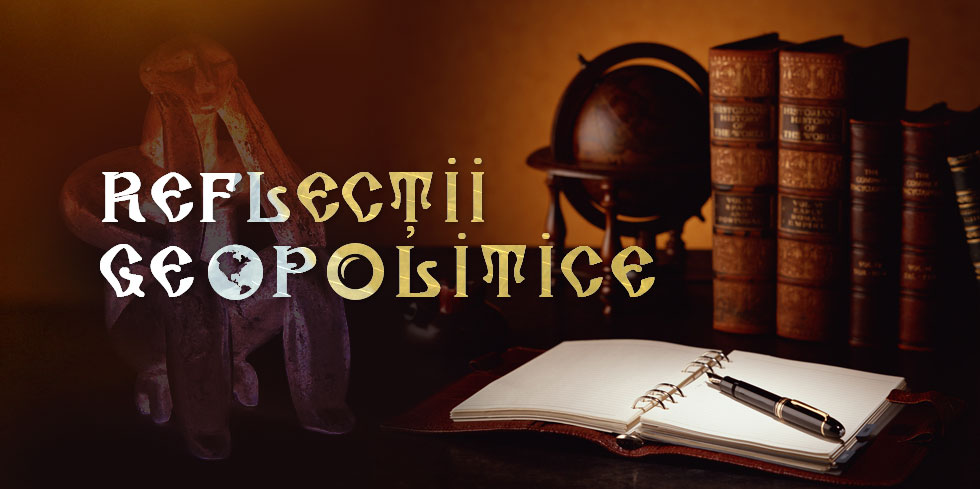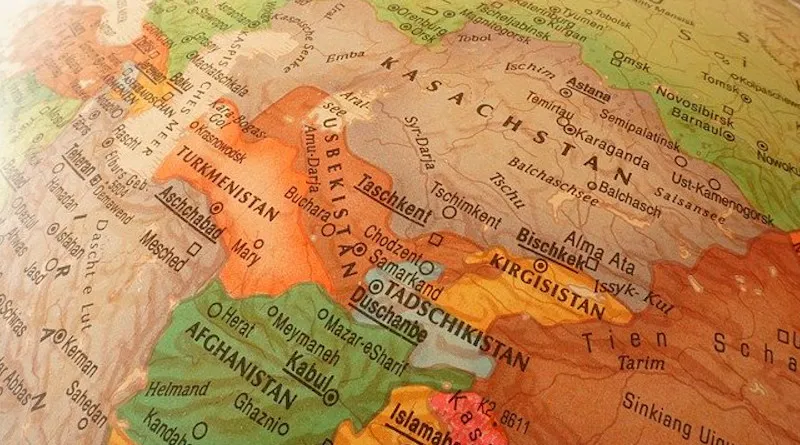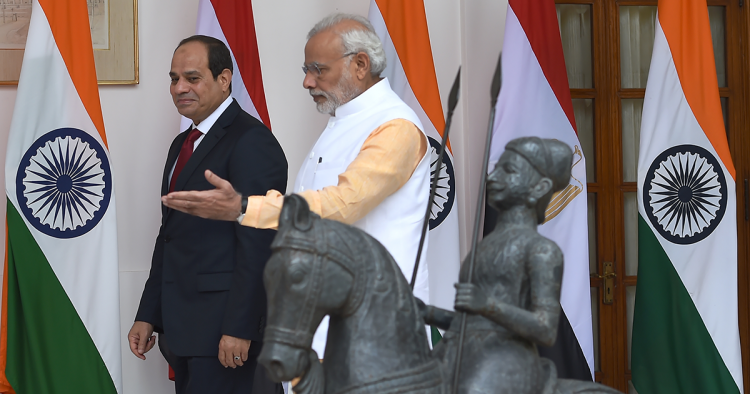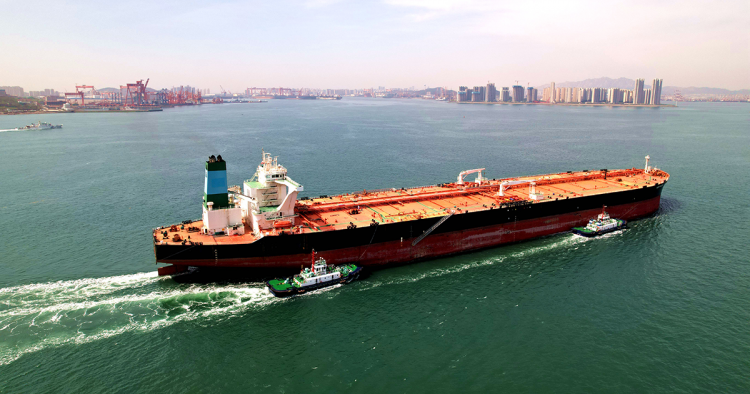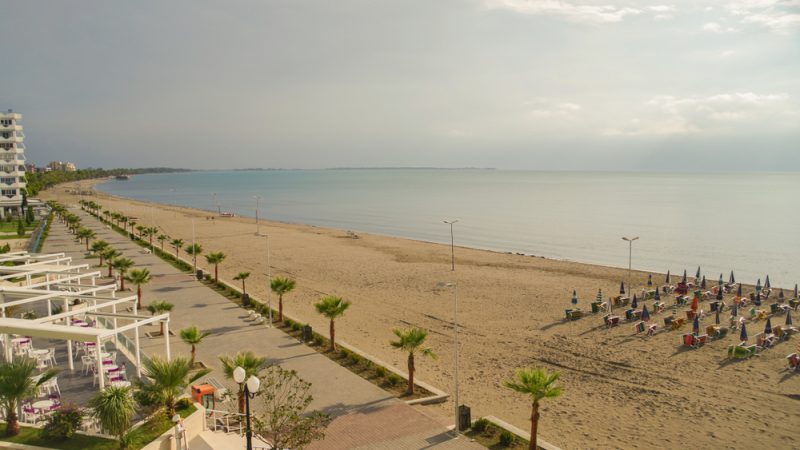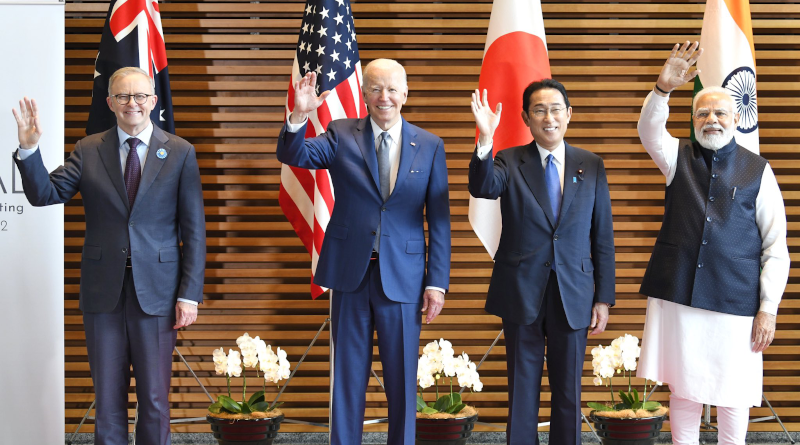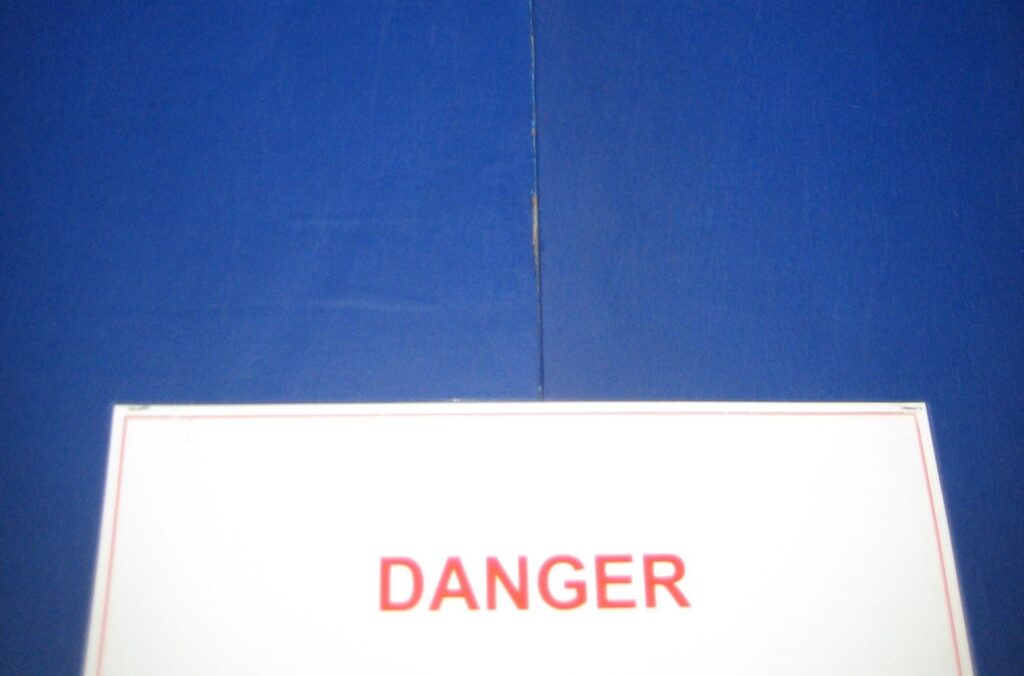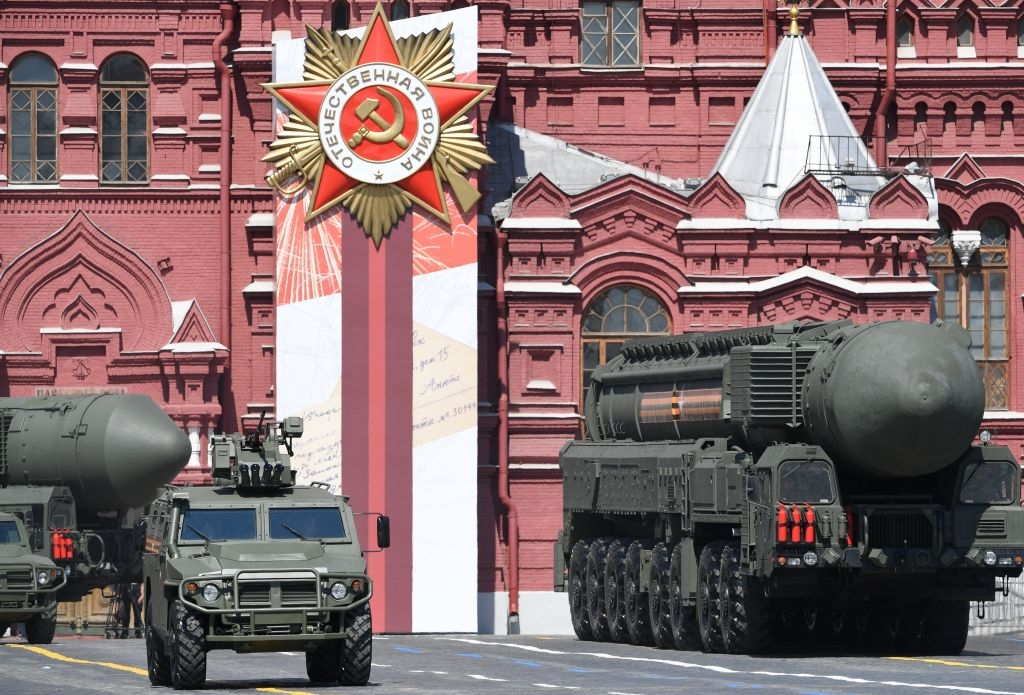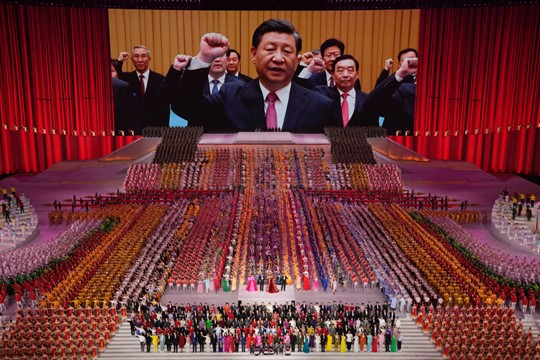Vietnam Modernizes Its Military With a Wary Eye on China

Ukraine’s successes in resisting and even turning back an invasion by a numerically superior Russian force has raised expectations in East Asia that smaller nations in the region could conceivably fend off an attack from a large military like China’s. Taiwan, of course, has long struggled with executing such a defense strategy, but since its strategic considerations are in many ways unique, other countries nominally threatened by China may not be able to draw as many lessons from Taipei’s experience. Ukraine’s performance in its war against Russia, on the other hand, may look to them like a more relevant model—for better or worse.
